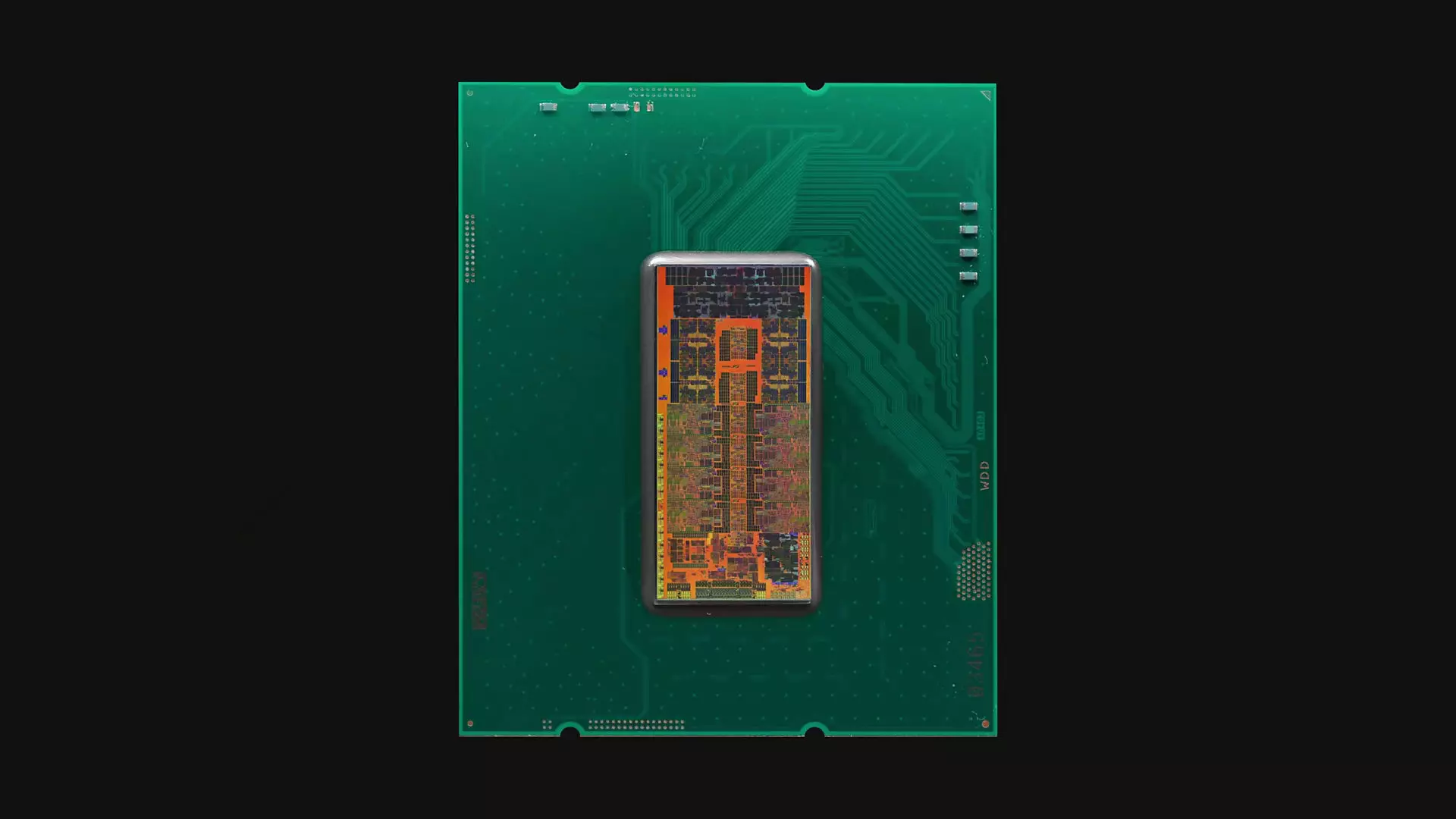In the world of technology, obsolescence comes swiftly; however, Intel’s Raptor Lake CPUs seem to defy this trend, continuing to sell well despite their age. This persistence raises questions about market dynamics and consumer preferences. It’s a certainty that technology enthusiasts generally desire the latest parts, yet here we see a remarkable case where older CPUs retain a share of relevance in a constantly evolving landscape. This situation highlights how certain products remain viable options when priced smartly and leveraged well against competitors.
Significant Price Cuts: Price Wars in CPU Land
Recently, Intel announced substantial price reductions of up to 25% for its Arrow Lake desktop processors, specifically targeting the Core Ultra 7 265K and 265KF models. The cut from $399 to $299 for the 265K and from $384 to $284 for the 265KF showcases Intel’s intent to create a more competitive pricing environment. The absence of an integrated GPU in the 265KF contributes to its lower price, but both models share robust core and thread counts, boasting eight Performance cores and twelve Efficient cores. With Turbo speeds peaking at 5.5 GHz, these CPUs are optimized for both performance and efficiency, catering to gamers and creators alike.
This type of aggressive pricing illustrates an industry-strategic maneuver—Intel is not just slashing numbers but effectively recalibrating the consumer’s perception of value. Video game enthusiasts always look for the best possible performance-to-cost ratio, and the game has just changed dramatically with these new price points.
Technical Capabilities: Bridging Gaming and Productivity
Diving deeper into the performance metrics, the Arrow Lake CPUs position themselves as formidable competitors, especially against AMD’s Ryzen 7 9700X, which holds an MSRP of $359 but frequently sells for over $300. In pure gaming scenarios, the difference between Intel’s models and the Ryzen appears marginal—maybe a 5% edge for the AMD chip. However, Intel’s architecture packs 20 cores, translating to superior performance in productivity tasks that require multitasking, such as video encoding and streaming.
The multi-core advantage cannot be understated, especially as modern applications and upcoming game titles increasingly adopt multi-threading. The dated mindset of relying predominantly on single-core performance is fading; the future lies in harnessing multi-core capabilities. As the gaming landscape lurches towards greater thread utilization, Intel’s chips may well be perceived as more future-proof, appealing to both gamers and content creators looking to invest wisely.
Risk vs. Reward: Navigating Purchasing Decisions
Despite the impressive specifications and competitive pricing of the Arrow Lake processors, there remains an undercurrent of skepticism surrounding Intel’s reliability. Past launch issues and a rocky track record introduce a level of hesitance among potential buyers. For consumers, the decision to invest in Intel at this juncture feels both enticing and fraught with uncertainty. The promise of performance is appealing, yet lingering doubts loom, especially for those who lean towards the stability often associated with AMD products.
Meanwhile, tech enthusiasts must assess not only the immediate benefits these processors offer but also consider how hybrid CPU architectures translate in real-world desktop environments. While they have performed admirably in mobile devices, such as smartphones where energy efficiency trumps raw power, their efficacy on desktop platforms remains a topic of debate. This hesitance keeps AMD’s offerings as emotional security blankets for users who fear moving to an untested architecture.
A Crucial Junction: The Intel Gamble
The sudden price drop and subsequent competitiveness of the Core Ultra 7 265K and 265KF models significantly alter the landscape for consumers. While some may remain comfortably ensconced in their AMD ecosystems, the widening gap in price combined with robust performance metrics presents a compelling case for Intel. This strategic positioning places the Arrow Lake processors in a critical focal point for the modern gamer and professional alike. As the balance of power shifts, the question remains: will this push consumers to embrace the gamble, or will the allure of AMD’s consistent performance hold sway? The answer may define the next chapter in desktop computing dynamics.

